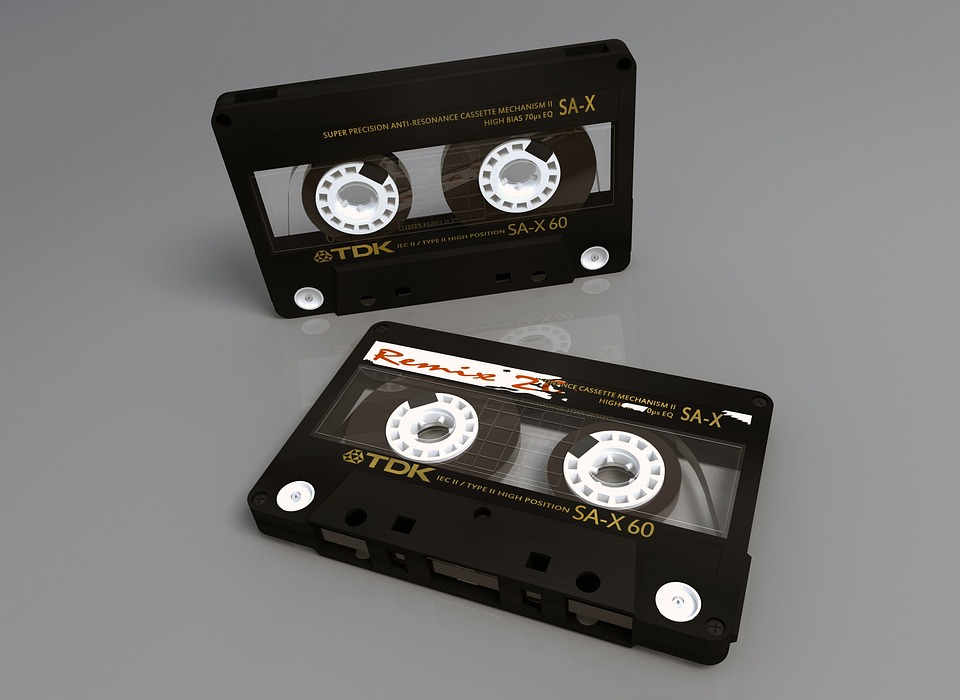Introduction
BandLab is a popular online music creation platform that allows musicians and audio enthusiasts to collaborate, record, and produce music. One crucial aspect of recording is the microphone input settings, which can significantly influence the sound quality of your recordings. This guide will walk you through the process of changing microphone input settings in BandLab to ensure you get the best audio quality for your projects.
Understanding Microphone Input Settings
Microphone input settings in BandLab are essential for achieving high-quality recordings. The input settings determine how your audio interface captures sound from your microphone. These settings can include gain levels, input types, and more. Proper configuration can help prevent issues like distortion or low volume.
Before diving into the specifics of adjusting these settings, it’s important to understand the different types of microphones available, such as dynamic and condenser microphones. Each type might require different input settings for optimal performance. Ensuring that you are using the right microphone and settings for your recording environment is key to achieving professional results.
Accessing Input Settings in BandLab
To change the microphone input settings in BandLab, you first need to access the settings menu. Start by opening BandLab and creating a new project or loading an existing one. Once in the project, look for the settings icon, usually located at the top of the screen.
Click on this icon, and navigate to the “Audio Settings” or “Input Settings” option. Here, you will find various settings related to your microphone input. This is where you can manage your input devices, adjust levels, and troubleshoot any audio issues you may be experiencing.
Selecting the Right Input Device
Once you are in the audio settings menu, the first step is to select the correct microphone input device. BandLab should automatically detect any microphones connected to your computer or audio interface. If you have multiple input devices, ensure you choose the one you intend to use for recording.
To select the right microphone, click on the dropdown menu under “Input Device” and choose your desired microphone. If your microphone isn’t listed, ensure it is properly connected and recognized by your operating system. Sometimes, a simple restart of BandLab or your computer can help in recognizing the device.
Adjusting Gain Levels
After selecting the right input device, the next step is to adjust the gain levels. Gain refers to the amount of amplification applied to the audio signal before it is recorded. Setting the gain too high can lead to distortion, while setting it too low can result in a weak recording.
In the audio settings, you will find a gain slider. Start by speaking or singing into your microphone and adjust the gain until the input level meter shows a healthy signal, ideally peaking around -12dB to -6dB. This will give you a good balance of volume without risking distortion. Remember to test your gain levels regularly, especially if you change the distance from the microphone or if different people are recording.
Choosing Input Type: Mono vs. Stereo
Another important aspect of microphone input settings is choosing between mono and stereo input. A mono input records a single channel, whereas stereo captures two channels, creating a sense of space and depth in the audio. For most vocal recordings, a mono input is sufficient and often preferred.
To change the input type, locate the “Input Type” setting in the audio settings menu. If you are recording vocals or a single instrument, select mono. If your project requires a more immersive sound experience, such as recording a full band or using multiple microphones, consider using the stereo setting. This choice can greatly affect the overall sound of your music, so choose wisely based on the needs of each project.
Monitoring Your Input Levels
While adjusting your microphone input settings, it’s essential to monitor your input levels in real time. BandLab provides an input monitoring feature that allows you to hear what you are recording as you make adjustments. This feature can help you identify any issues with your sound before you begin recording.
To enable input monitoring, look for the “Monitor” option in your audio settings. Once activated, you will hear the audio from your microphone through your headphones or speakers. Use this feature to test different gain levels, mic distances, and sound qualities, ensuring that you achieve the best recording before hitting the record button.
Using Effects and EQ
After setting up your microphone input correctly, you may want to enhance your recordings using effects and EQ (equalization). BandLab offers various audio effects that can help you shape your sound after recording. Common effects include reverb, delay, compression, and EQ adjustments.
To apply effects, navigate to the effects section in your track settings. You can experiment with different settings to find what works best for your sound. For vocal recordings, a touch of reverb can add depth, while EQ adjustments can help in cutting unwanted frequencies or boosting specific tones. Remember to apply effects subtly; overdoing them can lead to a cluttered mix.
Testing Your Setup
Once you’ve adjusted all the microphone input settings, it’s crucial to test your setup before starting a recording session. Conduct a few test recordings to ensure everything sounds as expected. Listen back to these recordings and pay attention to levels, clarity, and any potential issues that might need addressing.
During the test, check for background noise, unwanted feedback, or any distortion. Adjust your settings accordingly until you achieve a sound quality that meets your expectations. Testing not only helps refine your microphone input settings but also builds your confidence for the actual recording session.
Saving Your Settings
After you have successfully configured your microphone input settings and tested your setup, it’s a good practice to save these settings. BandLab allows you to save your project settings, which can include your microphone input configurations. This way, you won’t have to repeat the process every time you start a new project.
To save your settings, simply click on the save icon or option in BandLab. Make sure to name your project appropriately so you can easily identify it later. This will save you time and effort in future sessions, allowing you to focus more on creating music rather than constantly adjusting settings.
Conclusion
Changing microphone input settings in BandLab is a vital part of achieving high-quality audio recordings. By understanding the different settings available and how to access and adjust them, you can significantly enhance your recording experience. From selecting the right input device to adjusting gain levels and applying effects, each step plays a crucial role in the final sound quality.
Whether you’re a beginner or a seasoned musician, taking the time to properly configure your microphone input settings will pay off in your music production. Remember to test your setup frequently and save your settings for future projects, ensuring that you can focus on your creativity and musical expression.
FAQs
1. Can I use multiple microphones in BandLab?
Yes, BandLab allows you to use multiple microphones. You can select different input devices for different tracks, enabling you to record multiple sources simultaneously.
2. What should I do if my microphone is not recognized by BandLab?
If your microphone is not recognized, make sure it is properly connected to your computer. Try restarting BandLab or your computer, and check your system settings to ensure the microphone is enabled.
3. How can I reduce background noise while recording in BandLab?
To reduce background noise, consider using a dynamic microphone, recording in a quiet environment, and using noise gates or filters during editing to eliminate unwanted sounds.
4. Is it better to record in mono or stereo?
It depends on your project. For solo vocals or instruments, mono is often best. For more complex recordings, like full bands, stereo can provide a richer sound experience.
5. How often should I check my microphone input settings?
It’s a good practice to check your microphone input settings before each recording session. If you change your recording environment, microphone, or project type, adjustments may be necessary.

